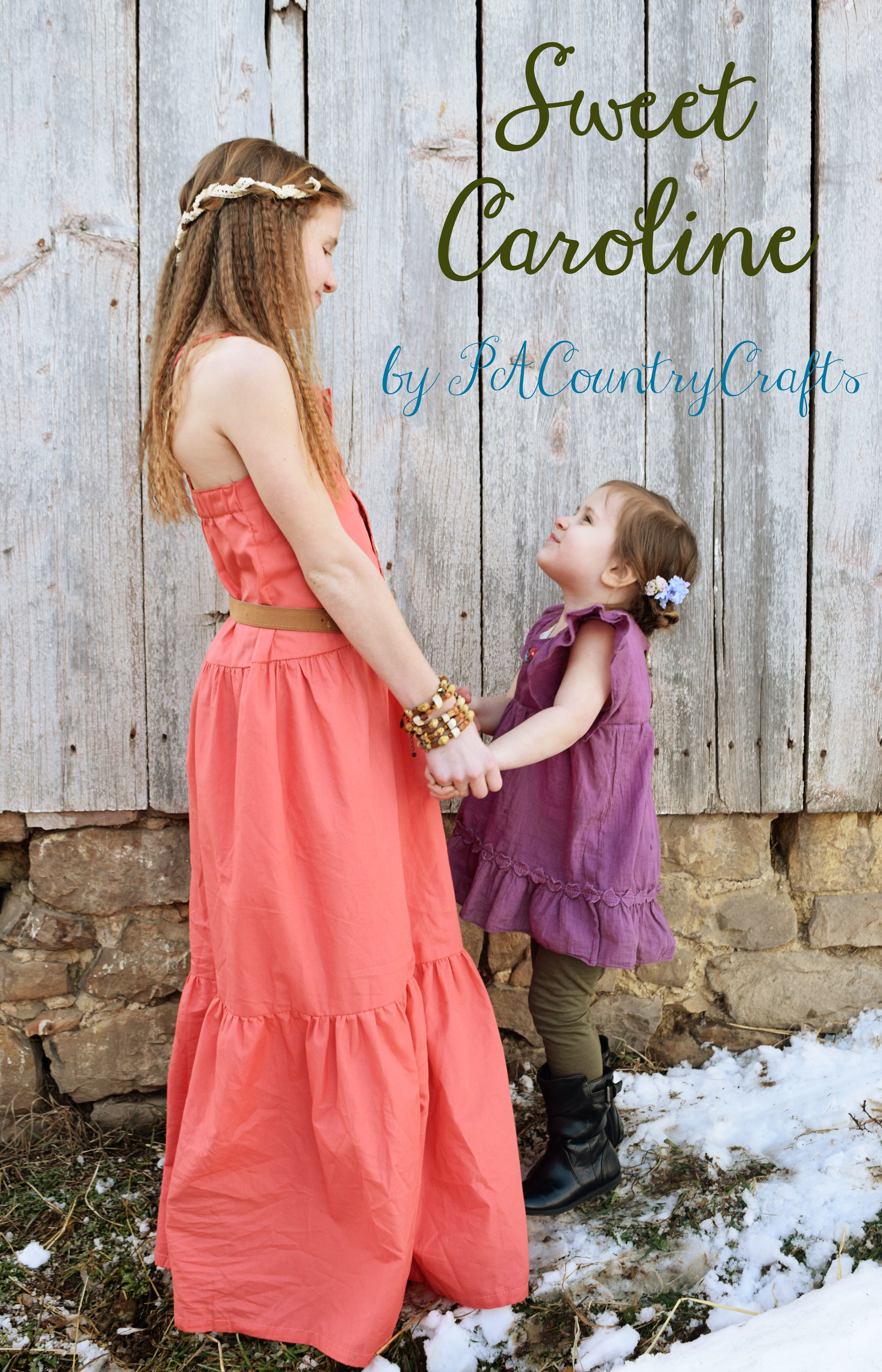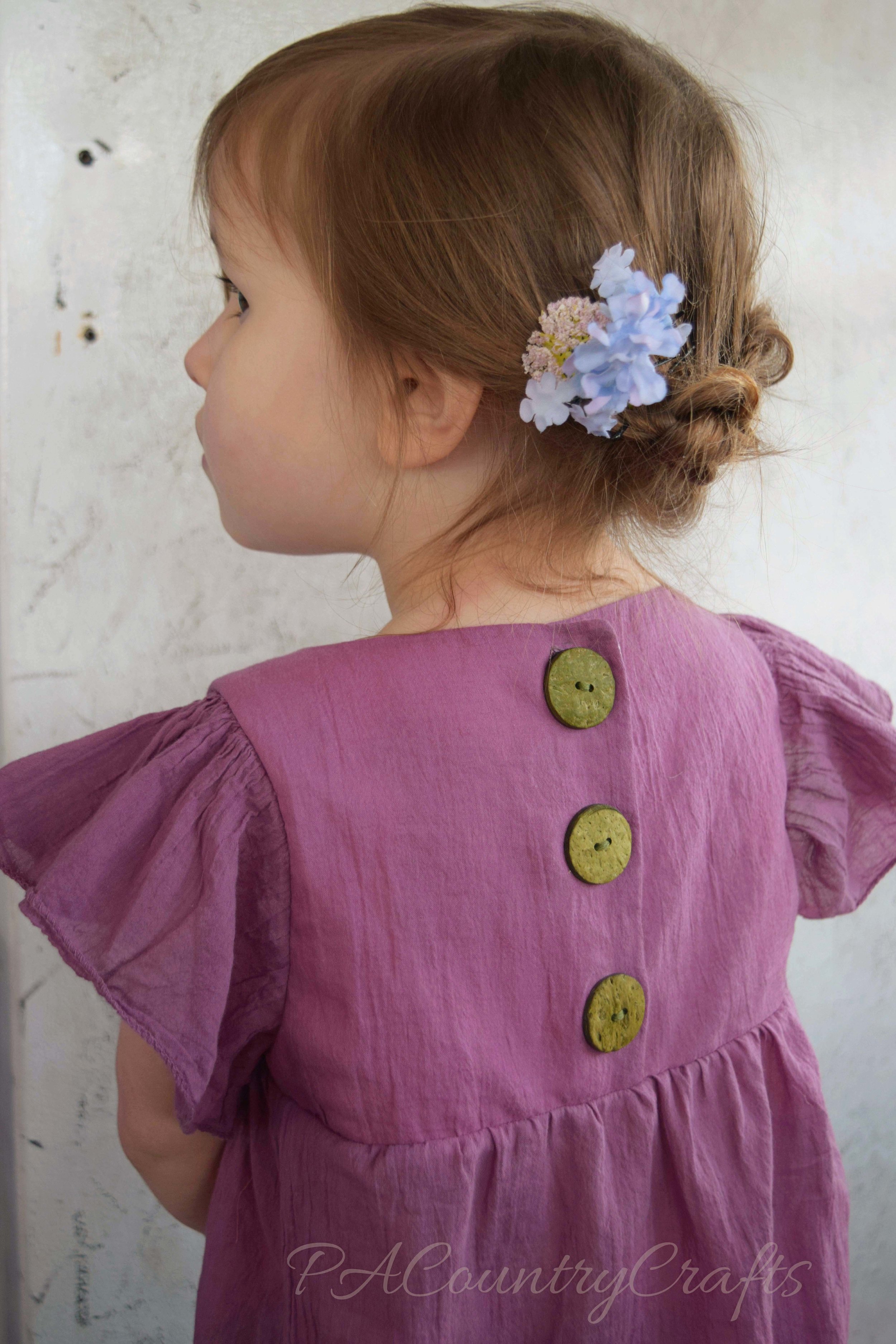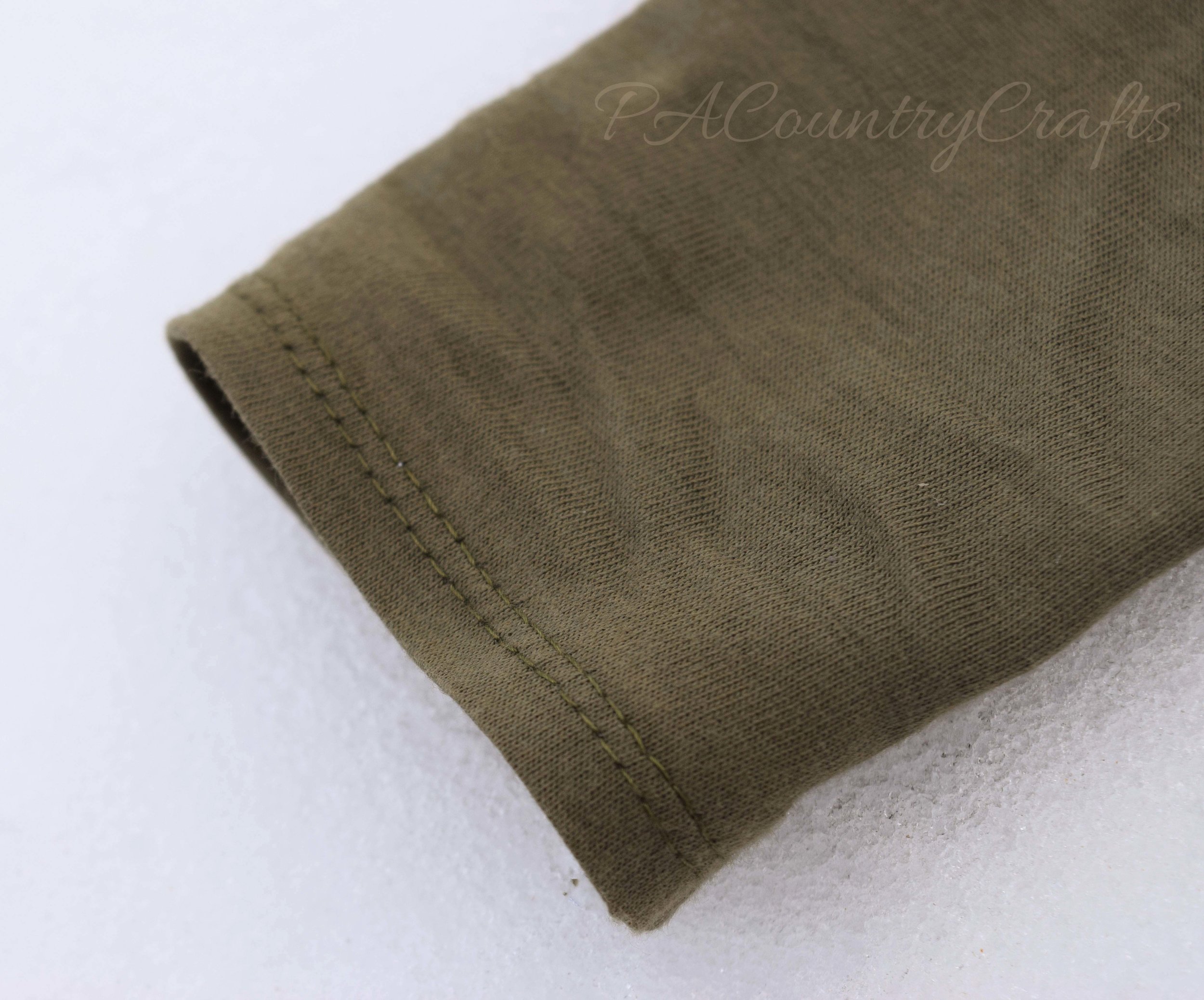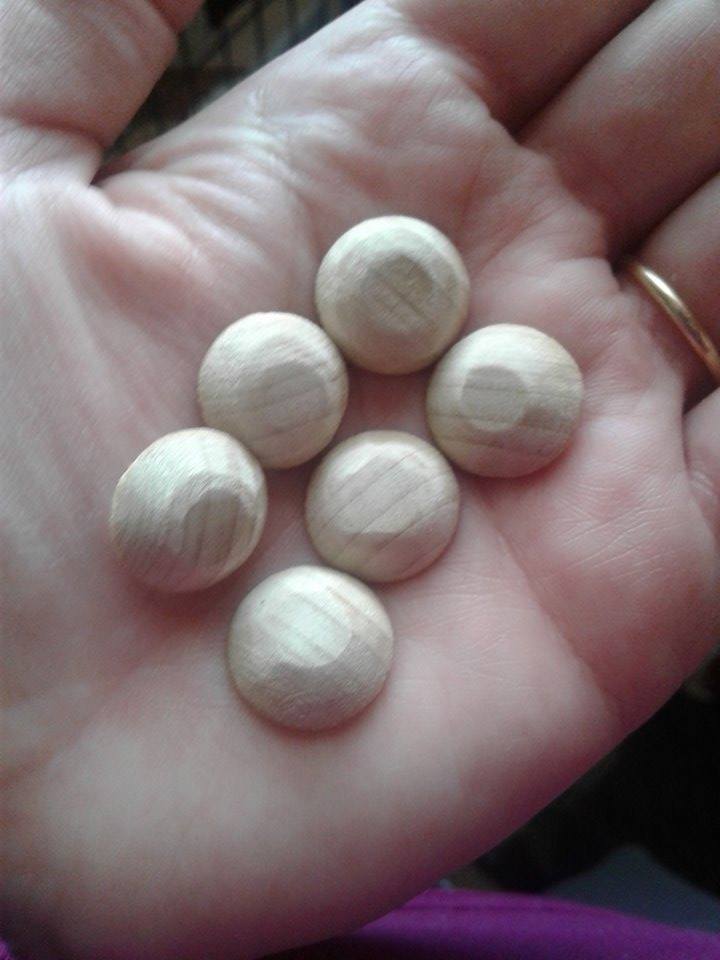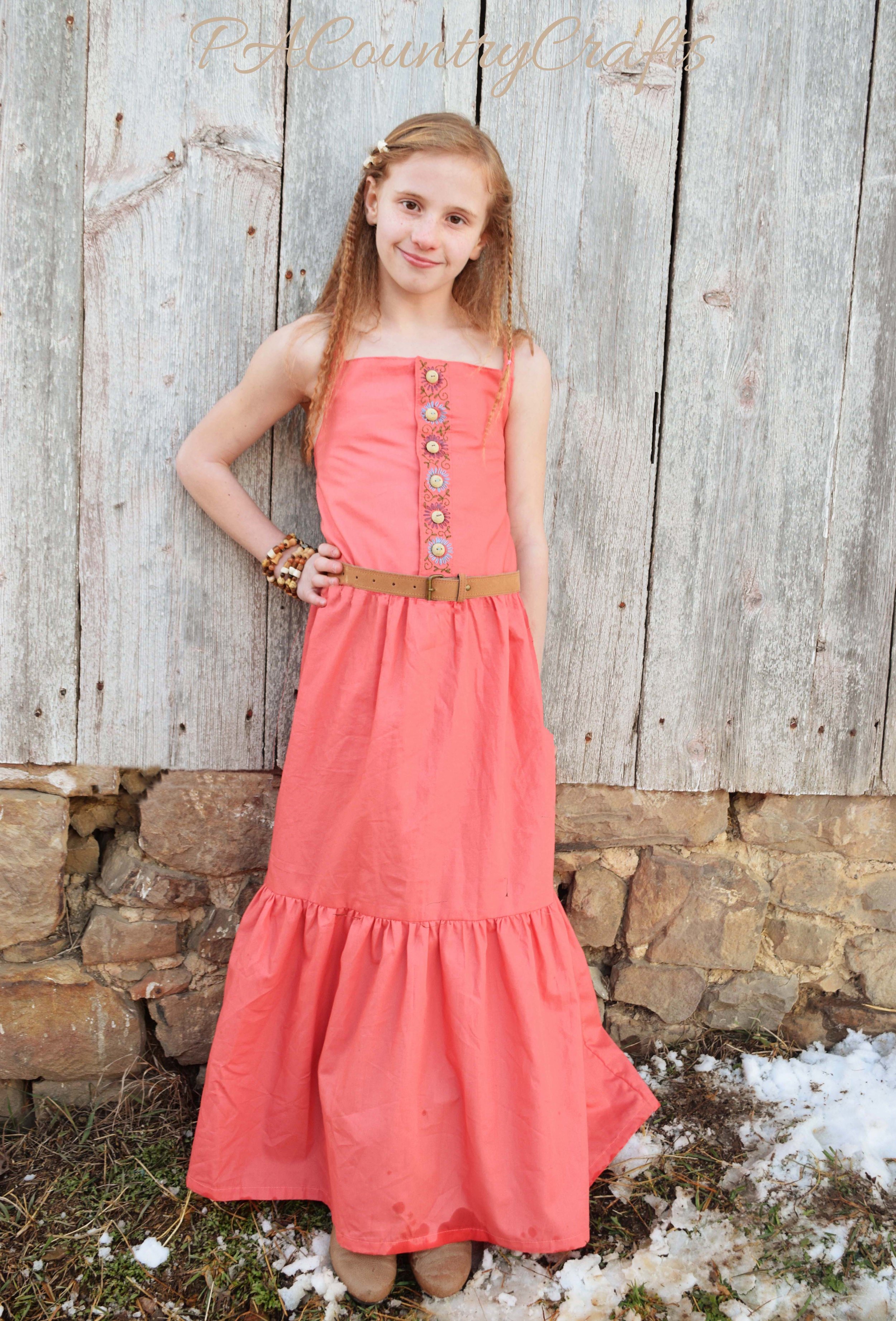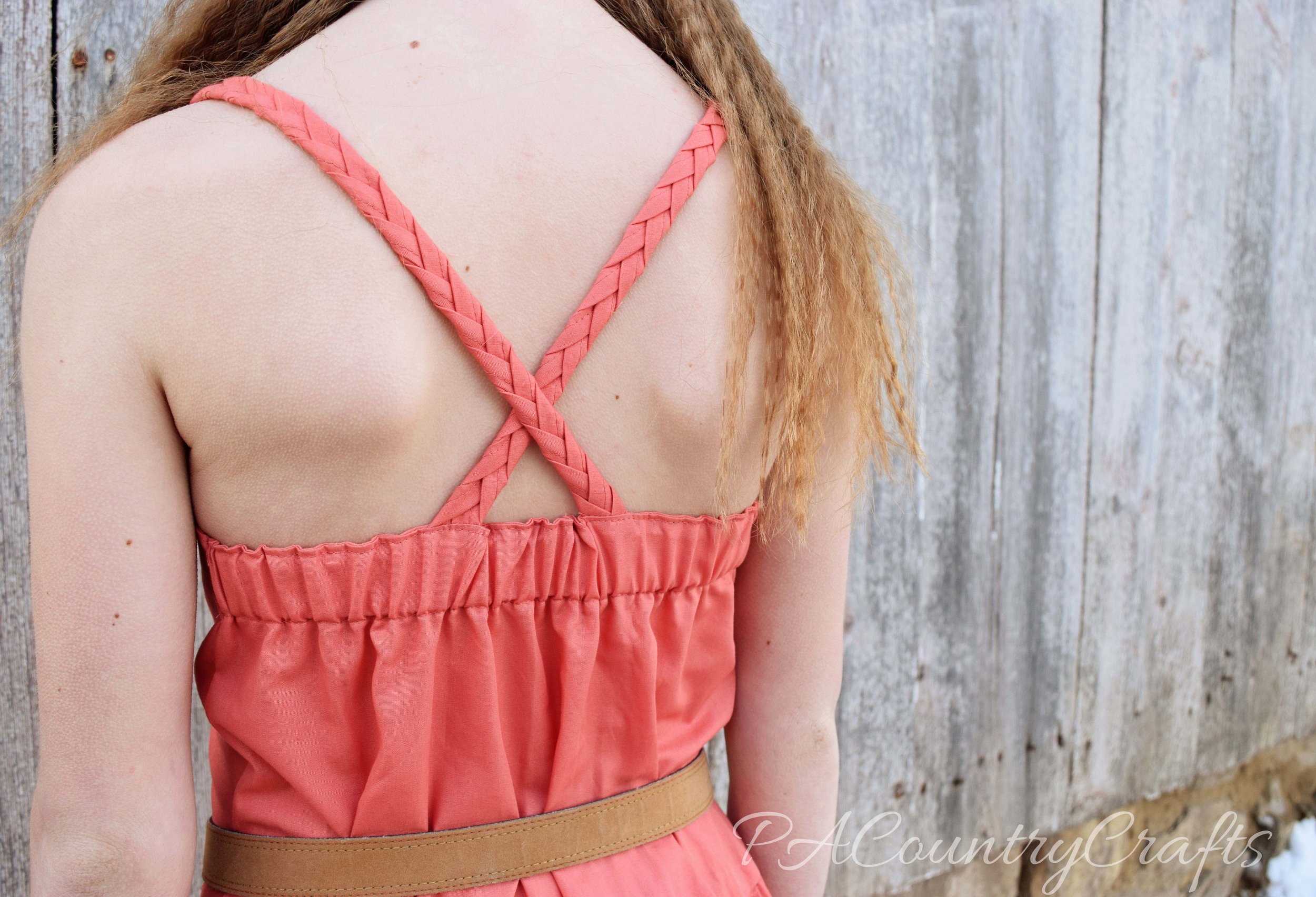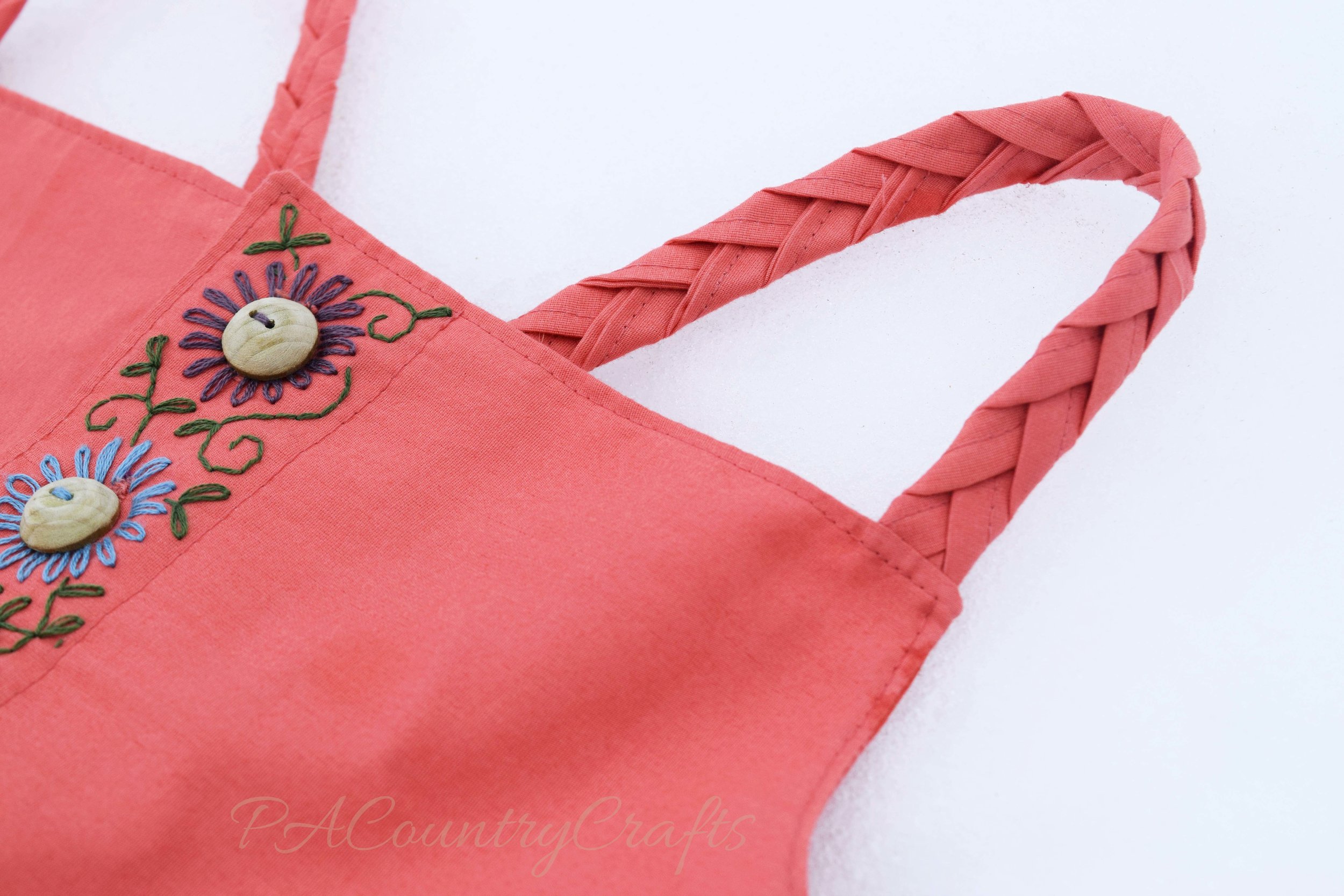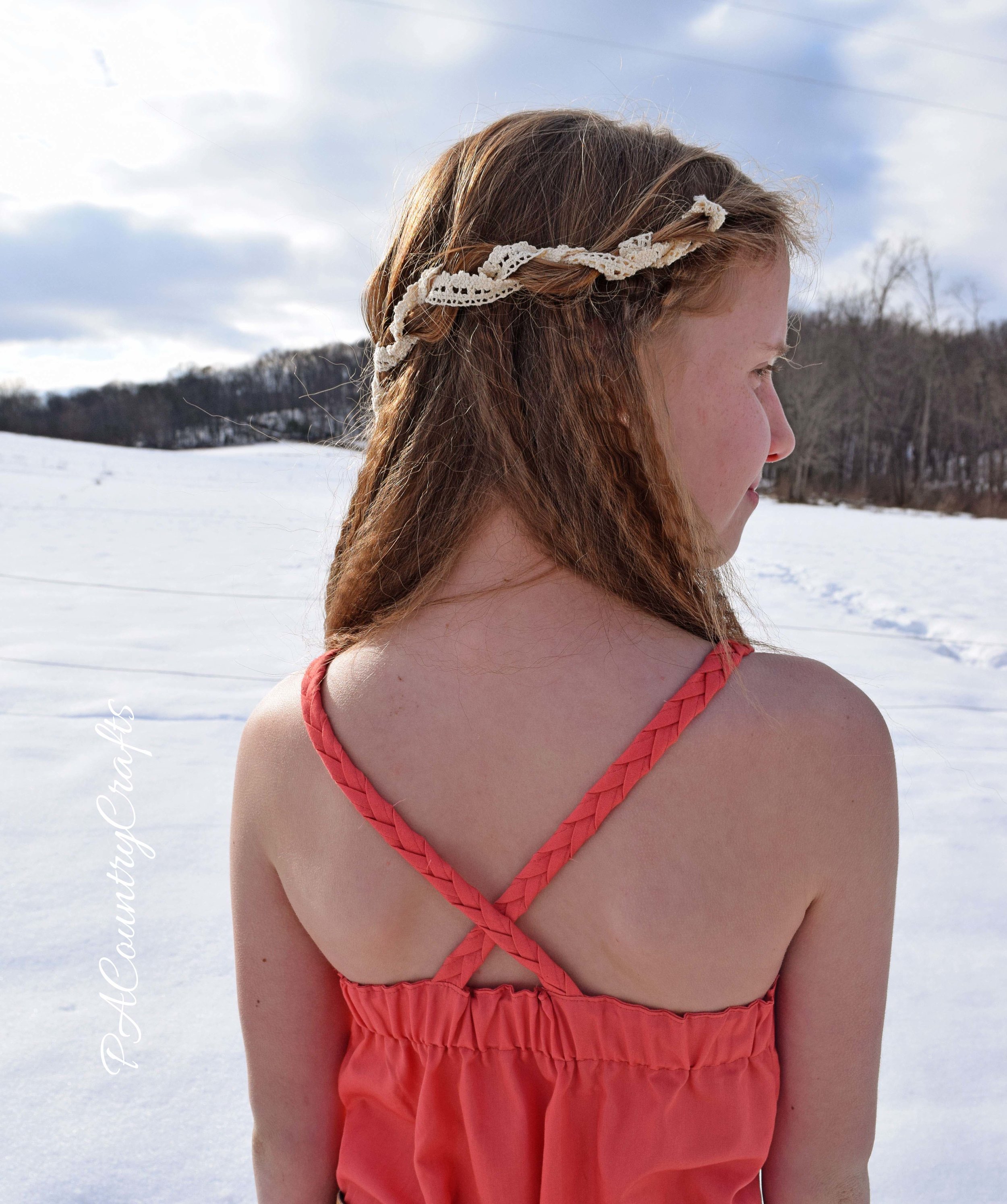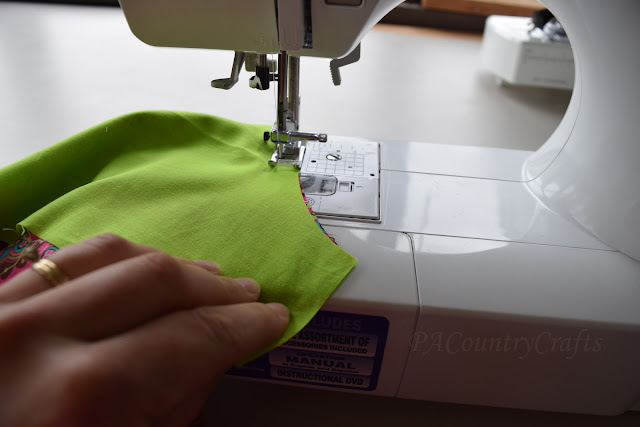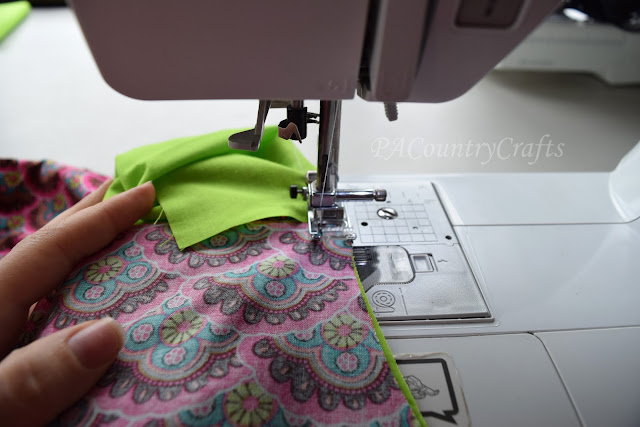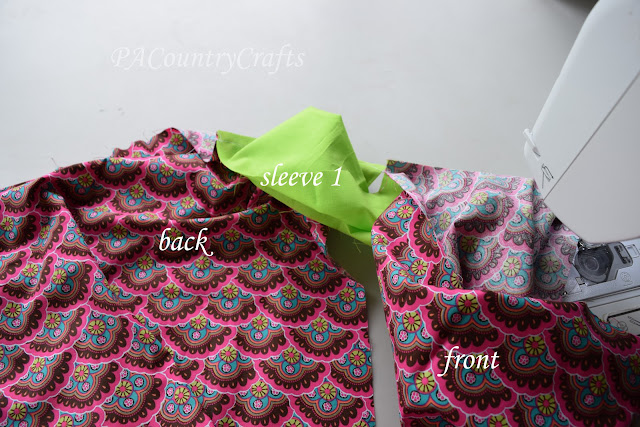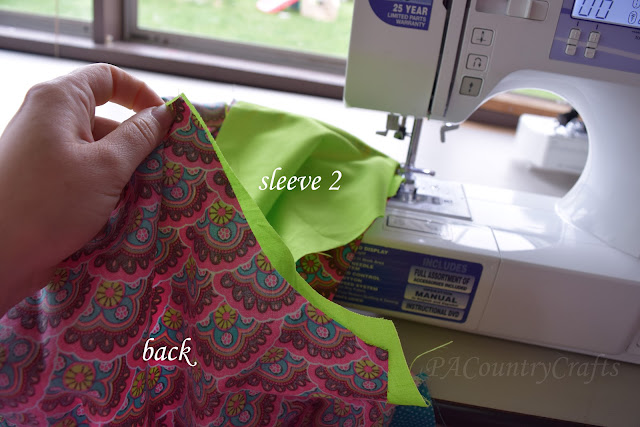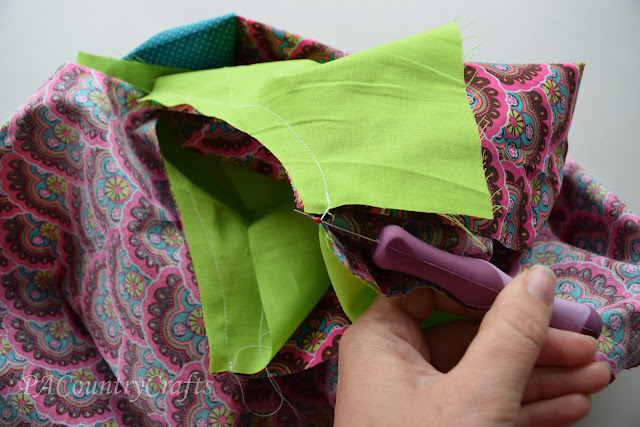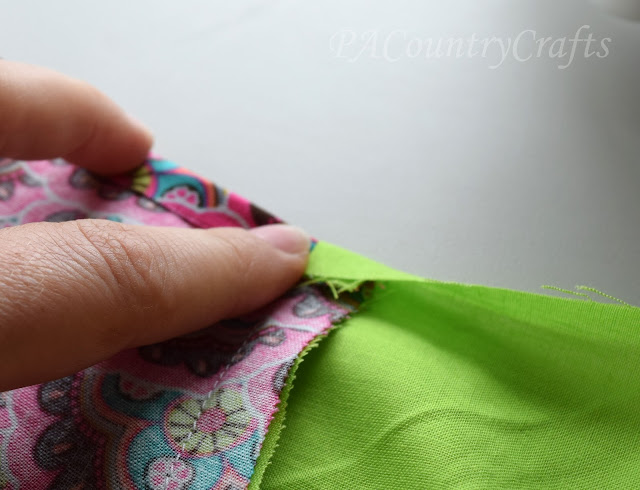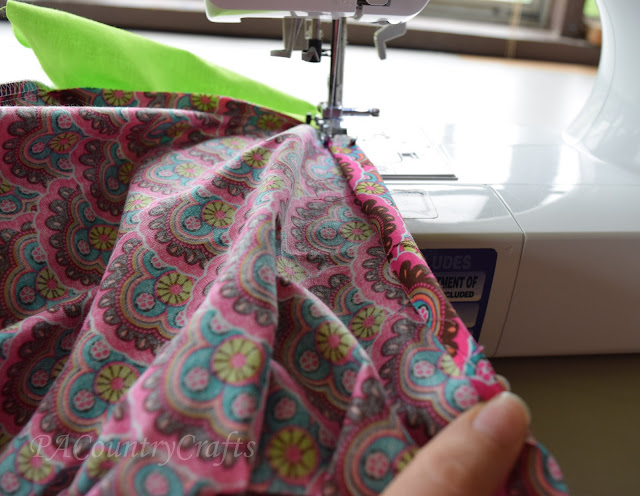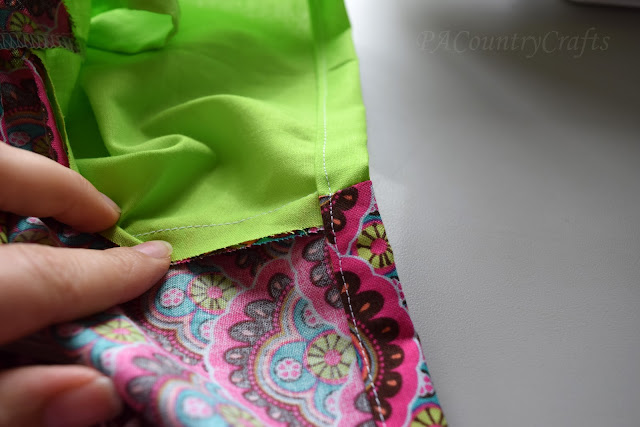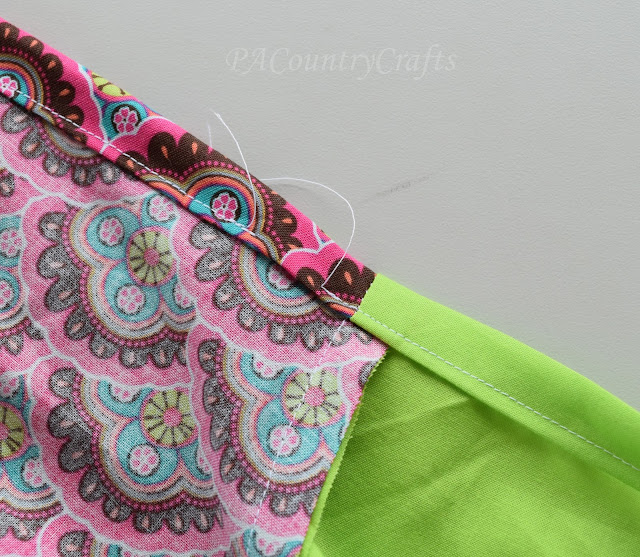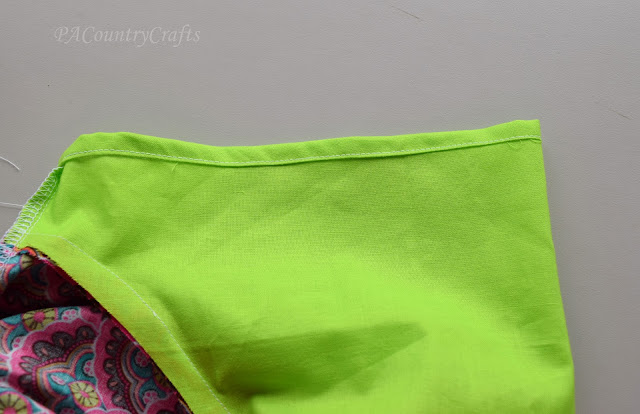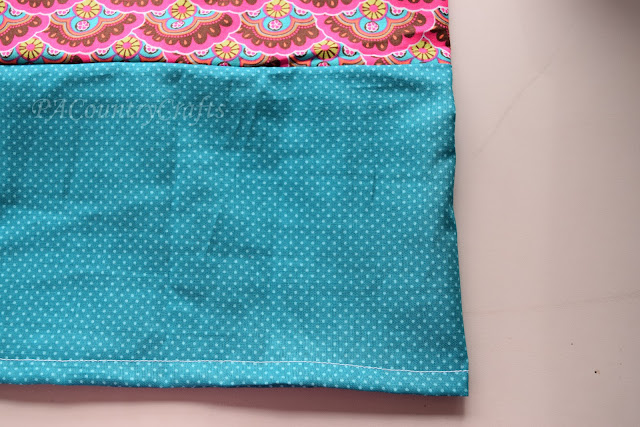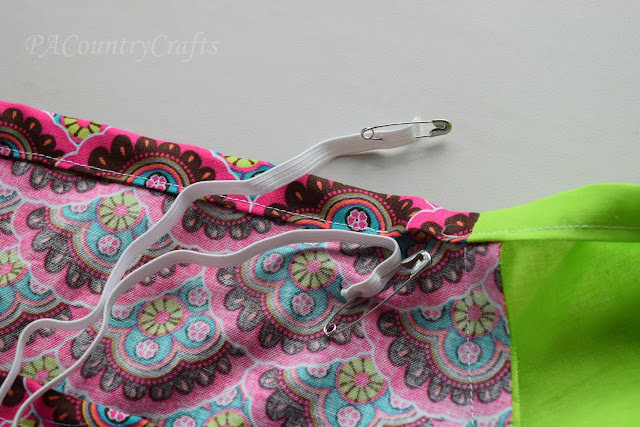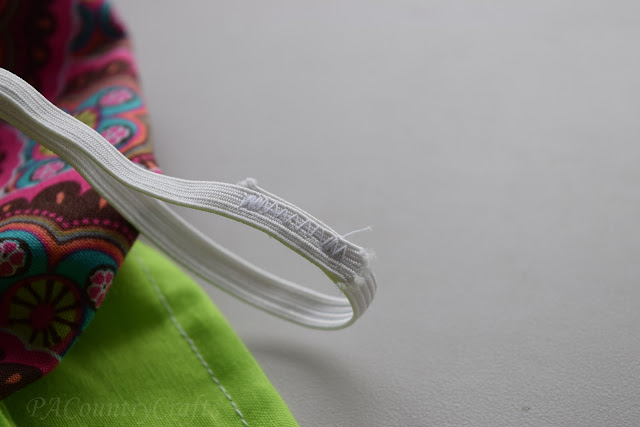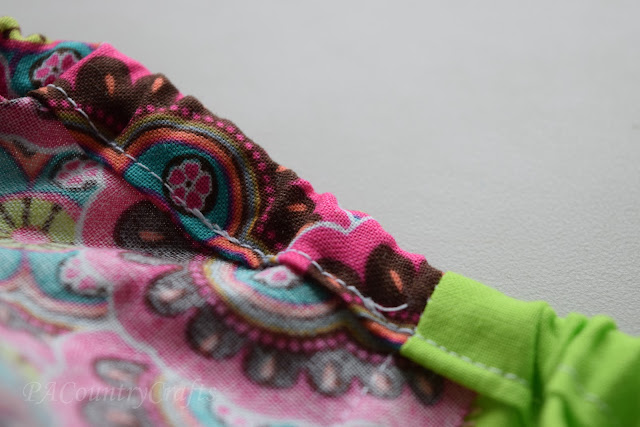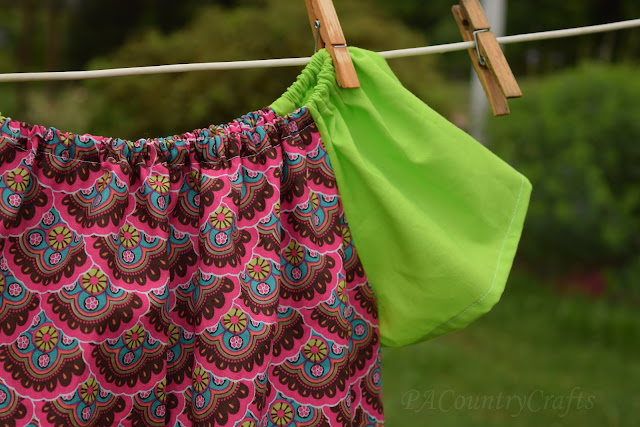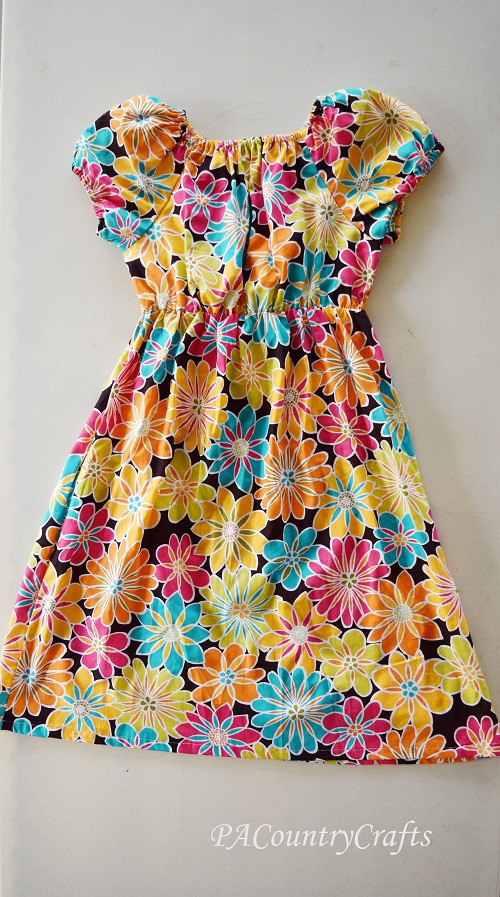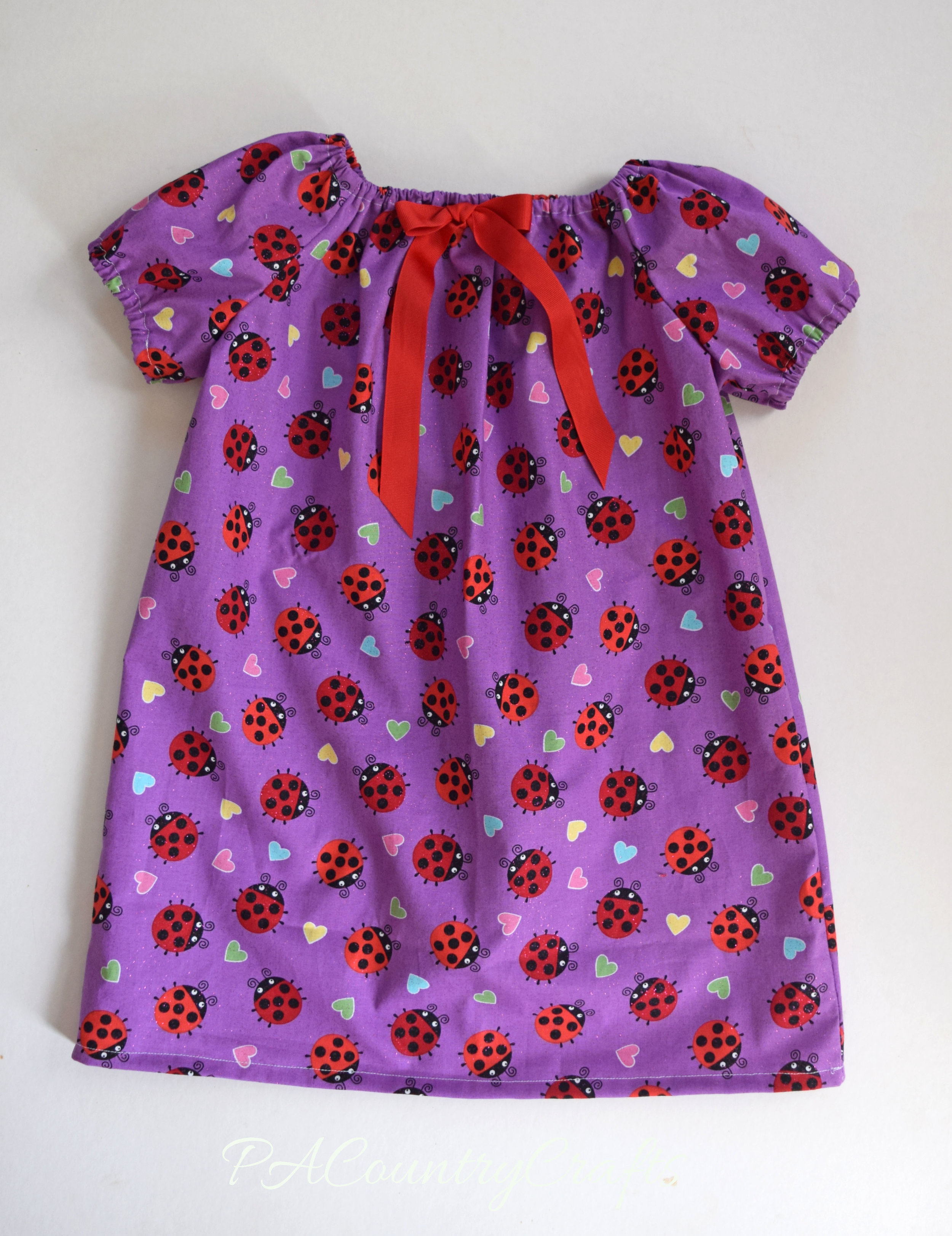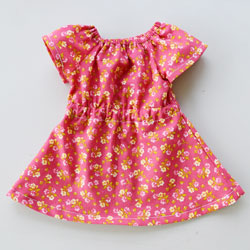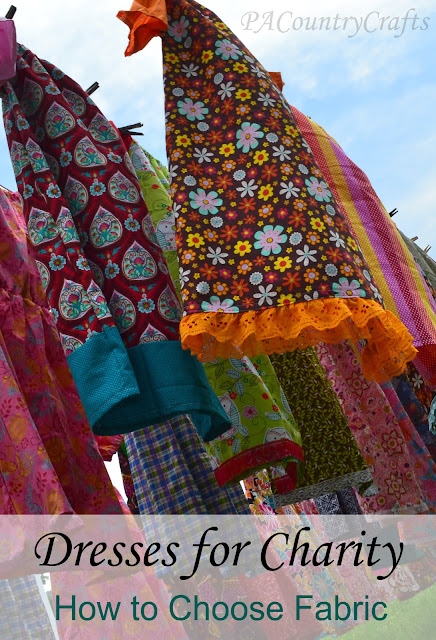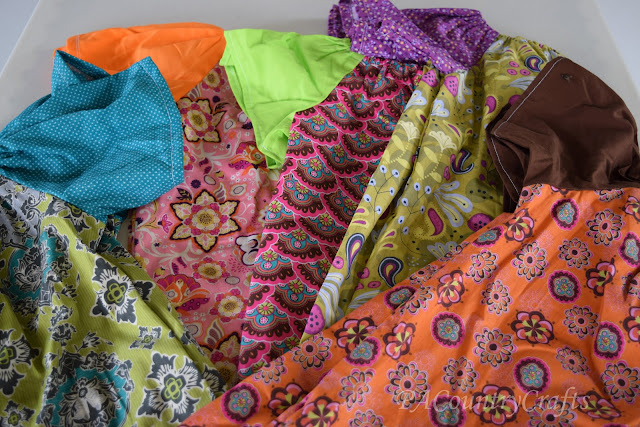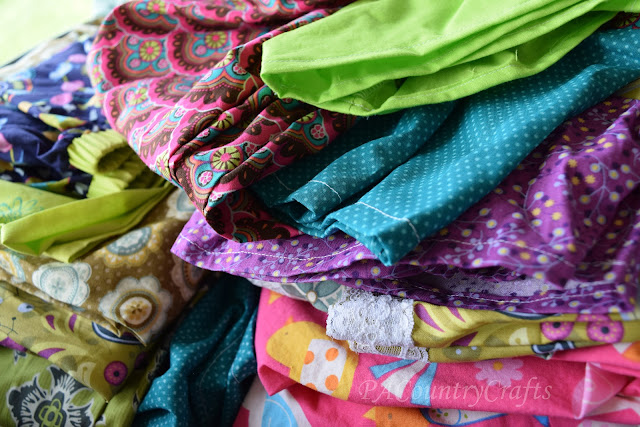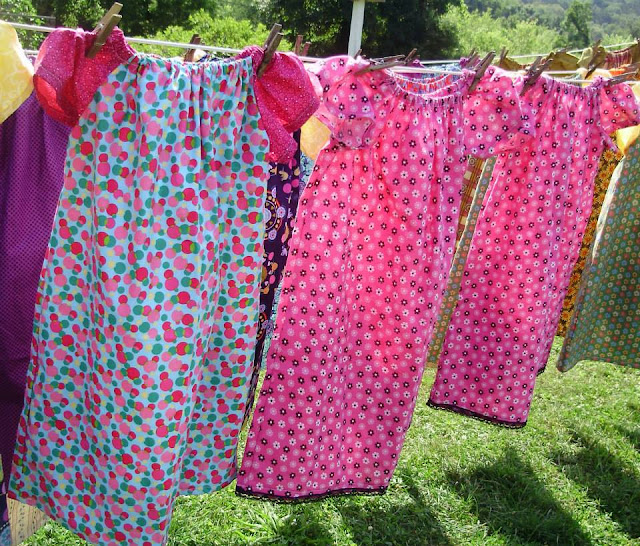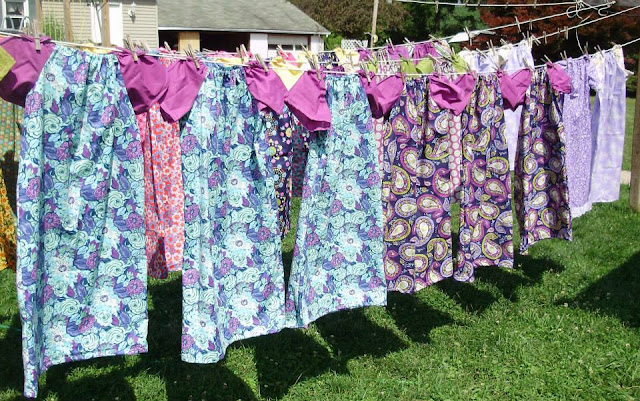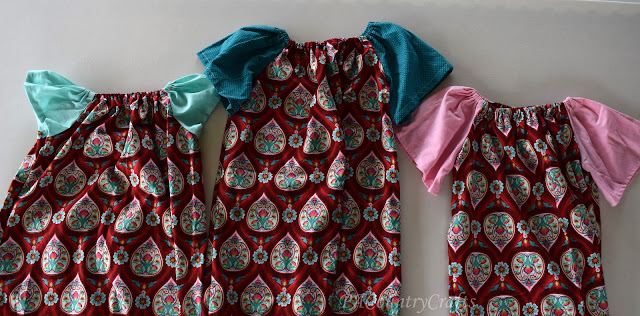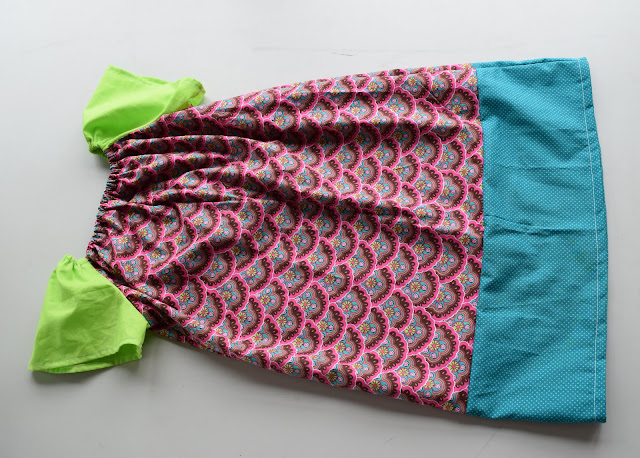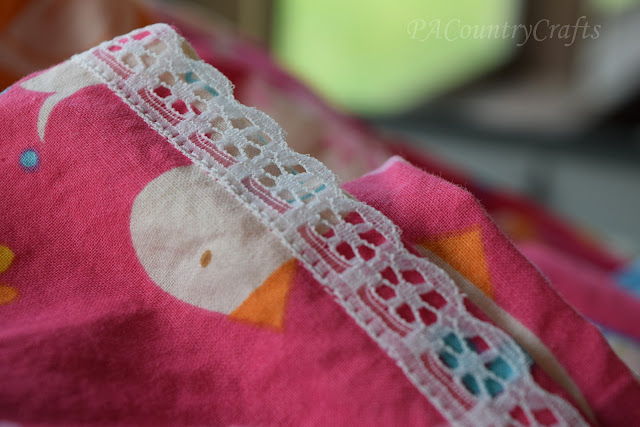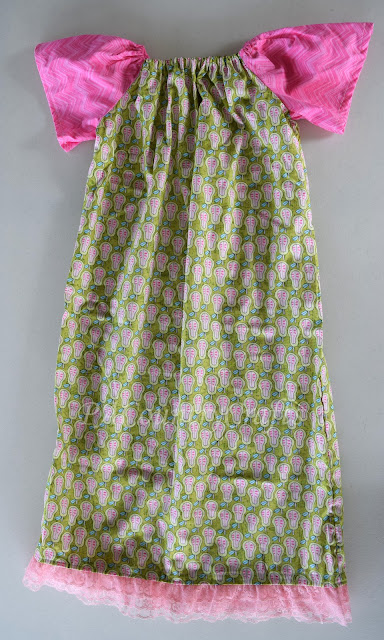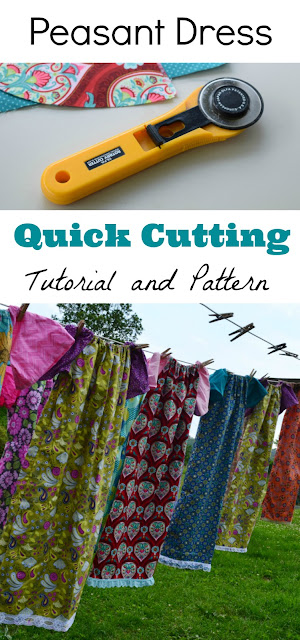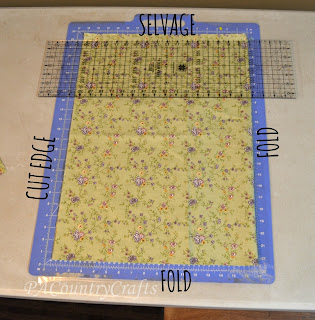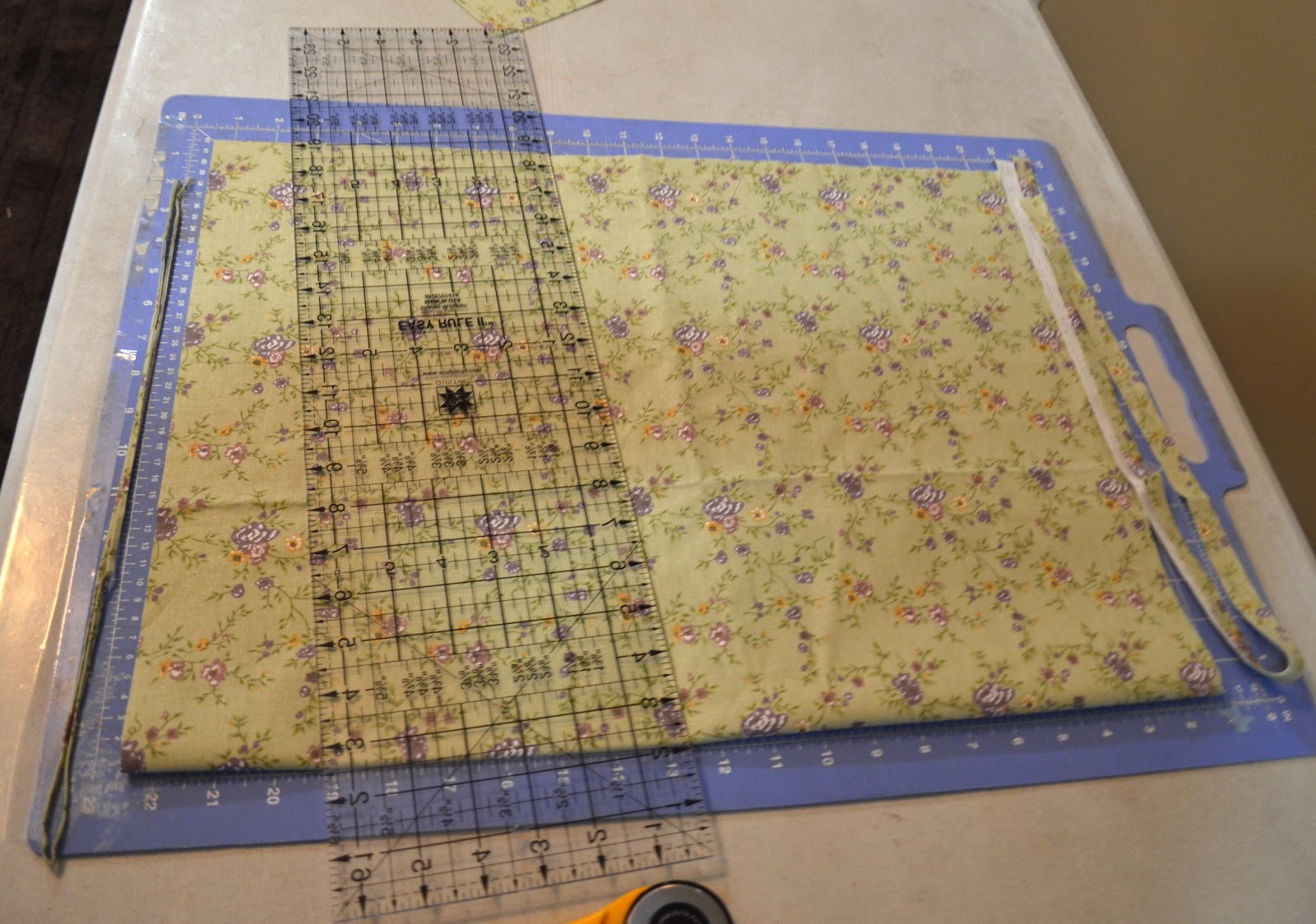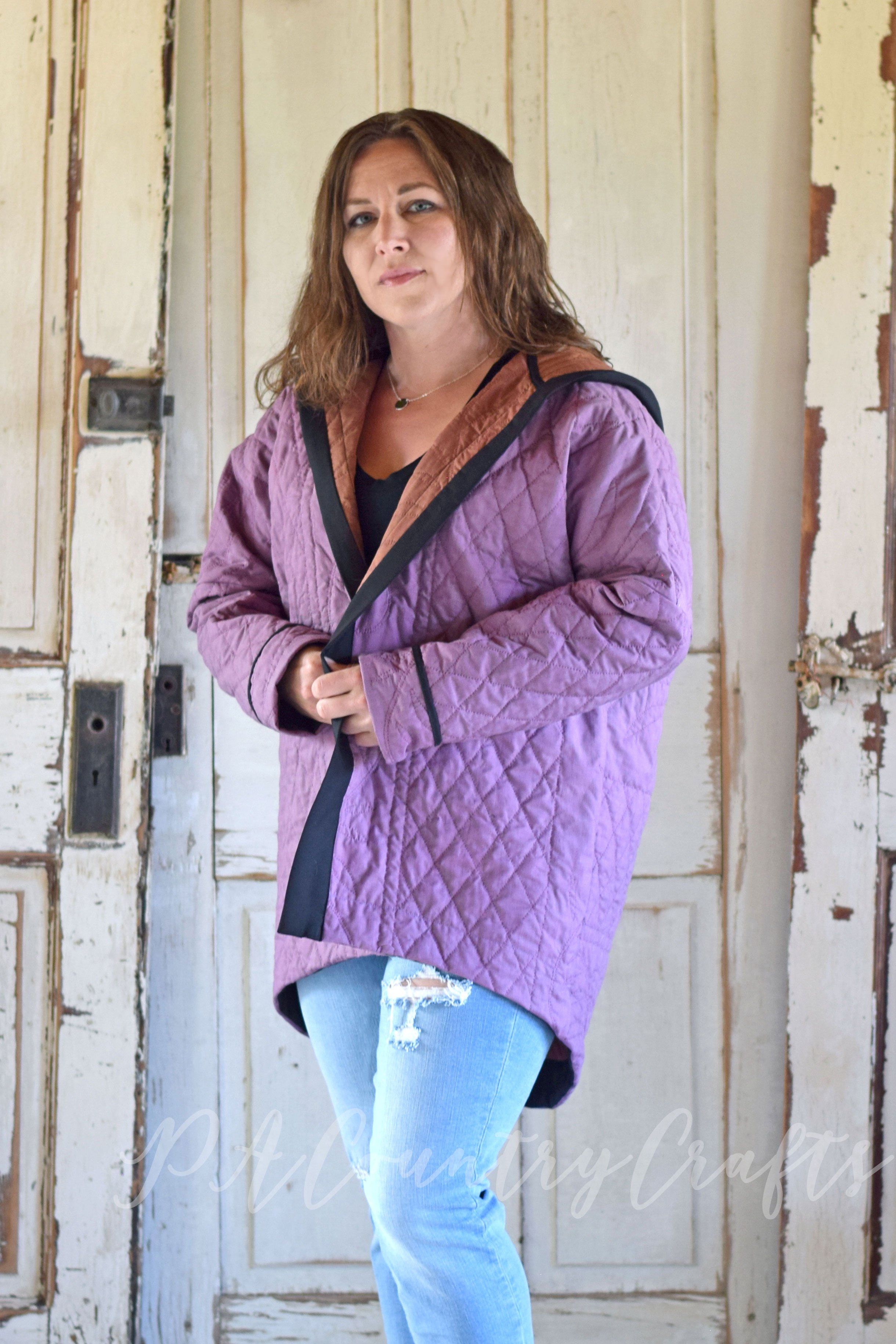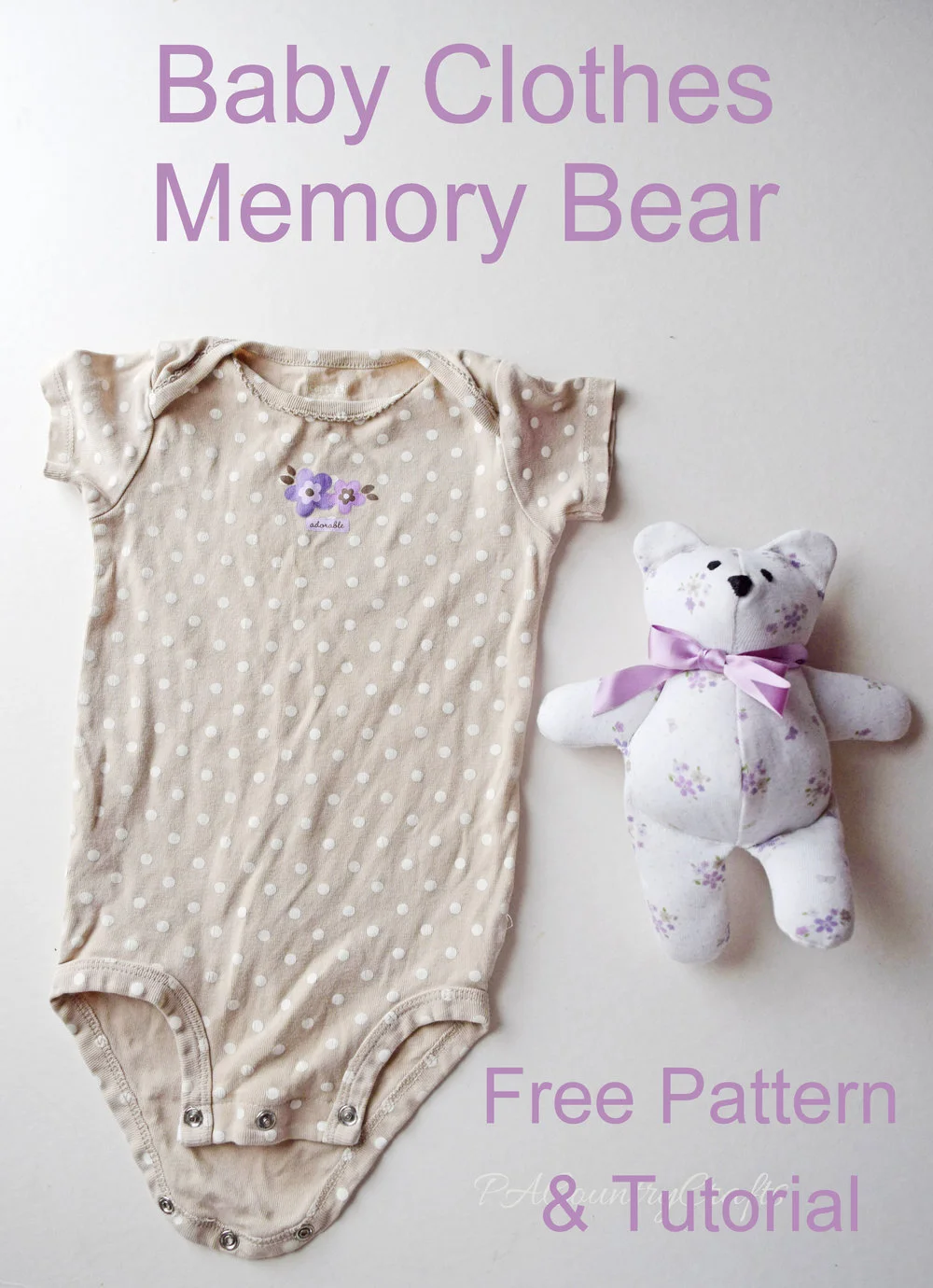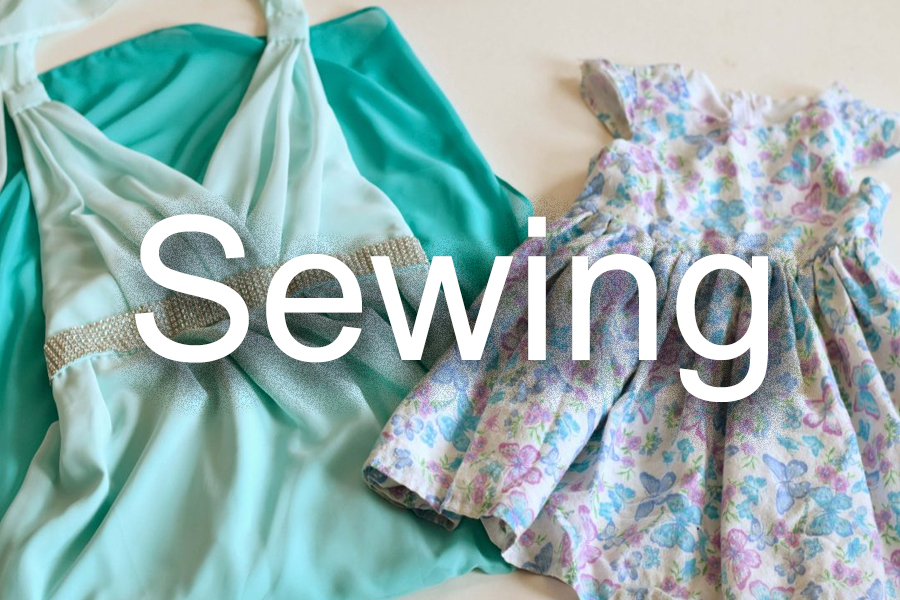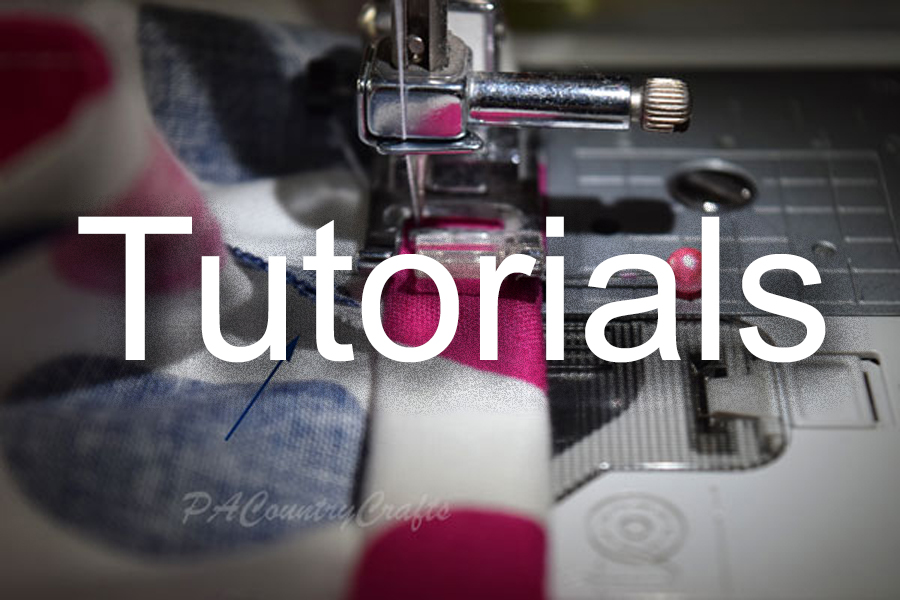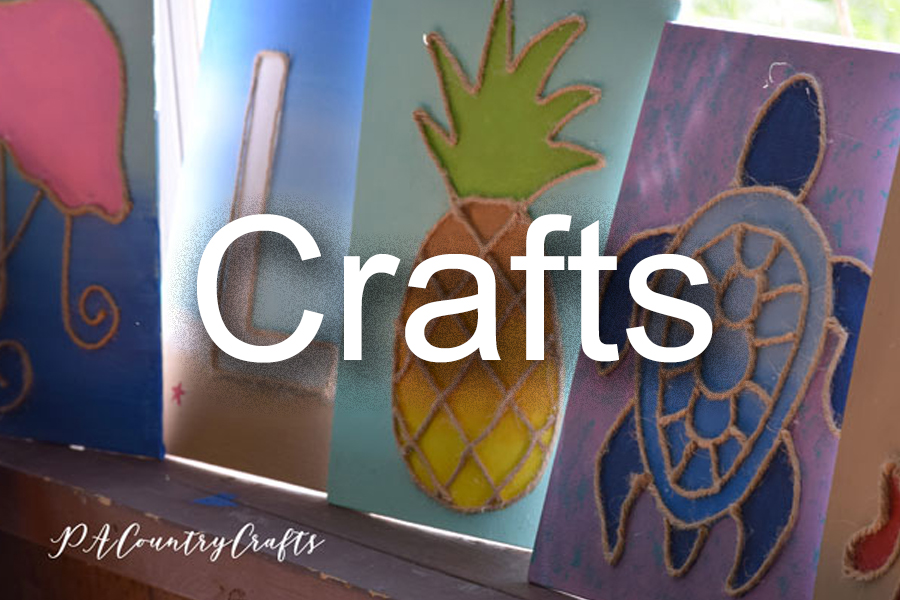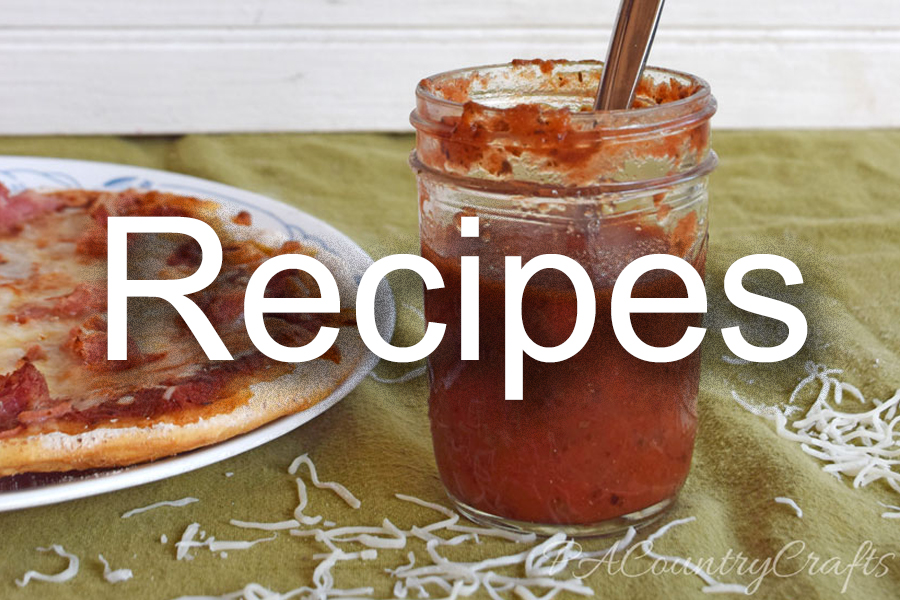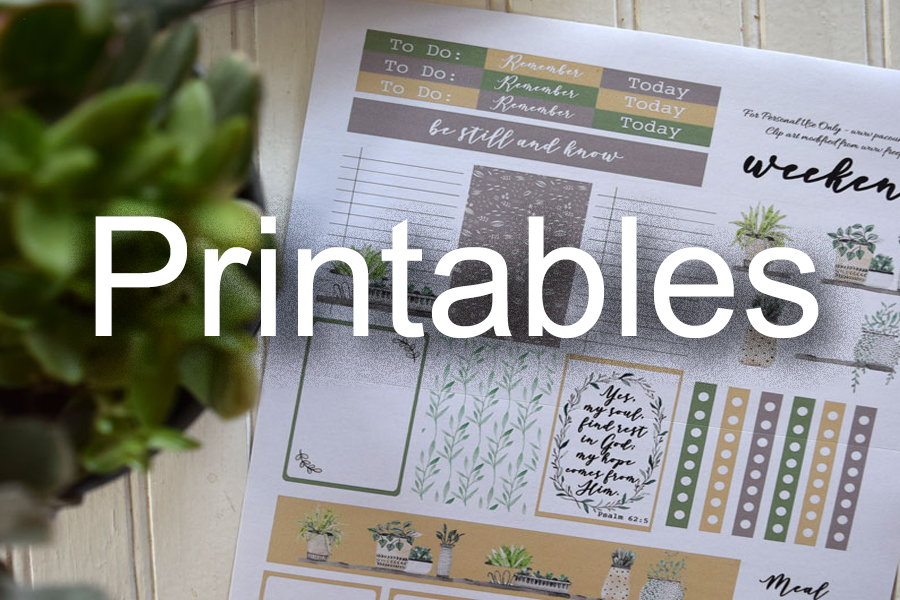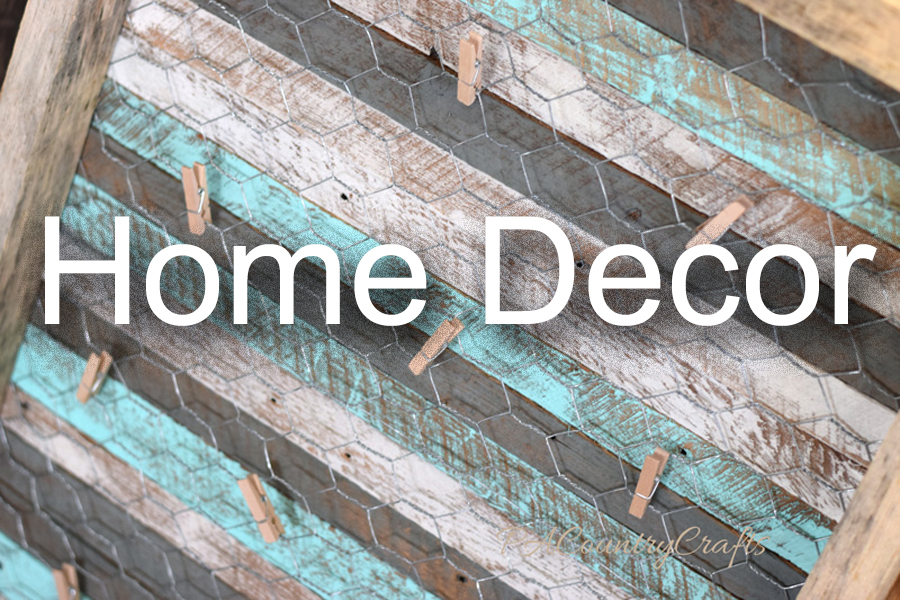The Flower Girl Dress
/I actually made three of them, but I don't feel comfortable posting other people's kids' pictures on my website, so I only have pictures of the one that my daughter wore. As with any sewing project, there is more to the story. My niece asked my daughter to be a flower girl and also asked if I would sew the dresses. I love sewing pretty little girl dresses- especially matching ones- so I was excited about this project! Except, I procrastinated. Yes, I use that "P" word an awful lot here on the blog. Part of my excuse was waiting for a swatch, part of it was waiting for our difficult summer vacation to end, and part of it was other commitments that had earlier deadlines. But, really, most of the problem is my indecision.
I overthink just about every decision. I make things entirely more difficult than they need to be. Finally, when I have no time left to change my mind yet again, I just get it done. (Project Run and Play was a great exercise in this area!) So, after much debating, I went back to my original plan and sewed like the wind a few days before the wedding.
Not everyone has such confidence in my procrastinatory sewing. The bride herself, was amazingly cool about it. A few other people close to me expressed their doubts, if only in the realm of "what if you fall down the stairs and break both arms and can't sew." (Duh! That is why I teach my kids to sew!) For some reason, I was not AT ALL stressed about it. I was completely cool and confident. (A certain someone called me cocky.) Anyway, they really ticked me off!
I know that I am rude and inconsiderate for stressing other people out who may not understand who they are dealing with here, and for that, I am sorry.
But everything went FINE! I only made one, tiny, easily fixable mistake in the entire process. All three dresses were the same size, so I did them assembly line style. All of the tops were finished in about 4 hours Wednesday evening. I leisurely completed the skirts Thursday. I even threw in a bonus mother-of-the-bride dress hem. All of them fit perfectly. So... :p to those who doubted!
My rant went a little long there.
I loosely followed the Cairo dress pattern from Violette Field Threads. I own the tween pattern so I sized it down to a 3T on my own. I also wanted these to be simple, flowy, and short to complement the boots and bridesmaid dresses. So, the skirt is a layer of lining and a layer of gathered eggnog tulle.
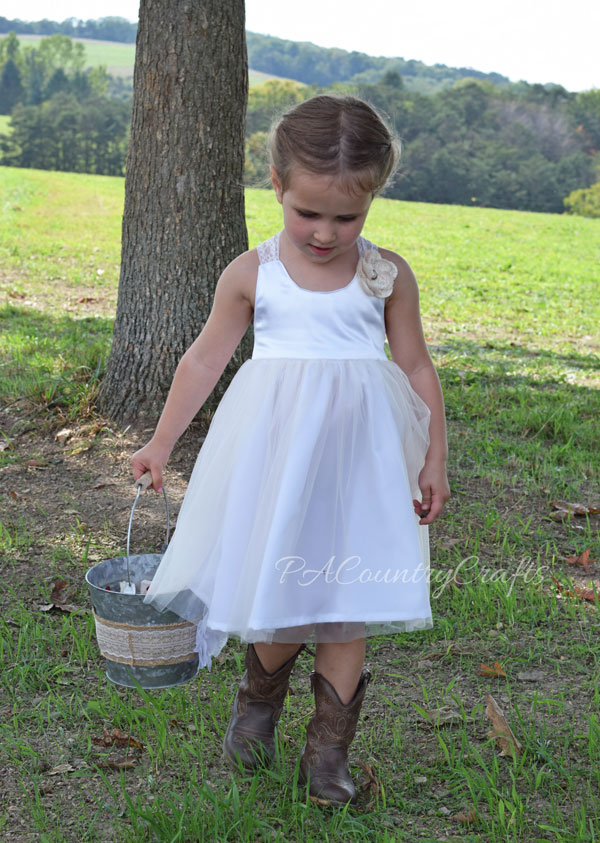
The top is made of a satin remnant and lining fabric. I handstitched the linings closed so the elastic back is only sewn to the inside. The lace straps are from packaged hem facing. Finally, I glued a flower from the scrapbook section to felt circles and pinned it to the dress to coordinate with the wedding theme even more.
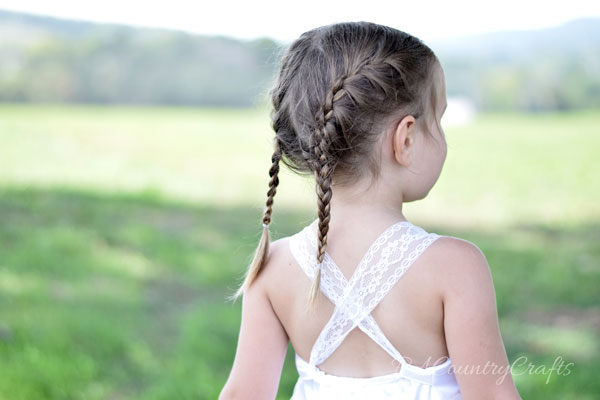
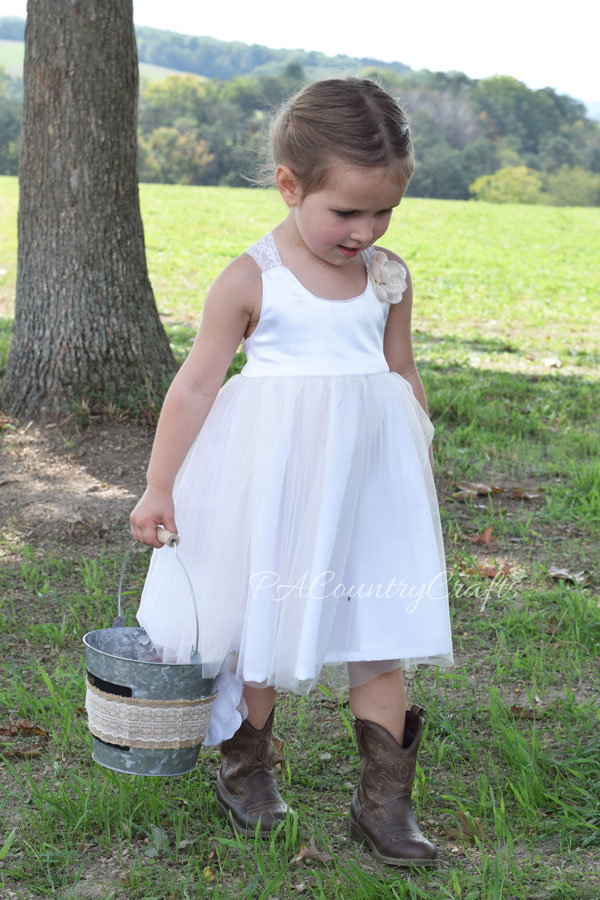
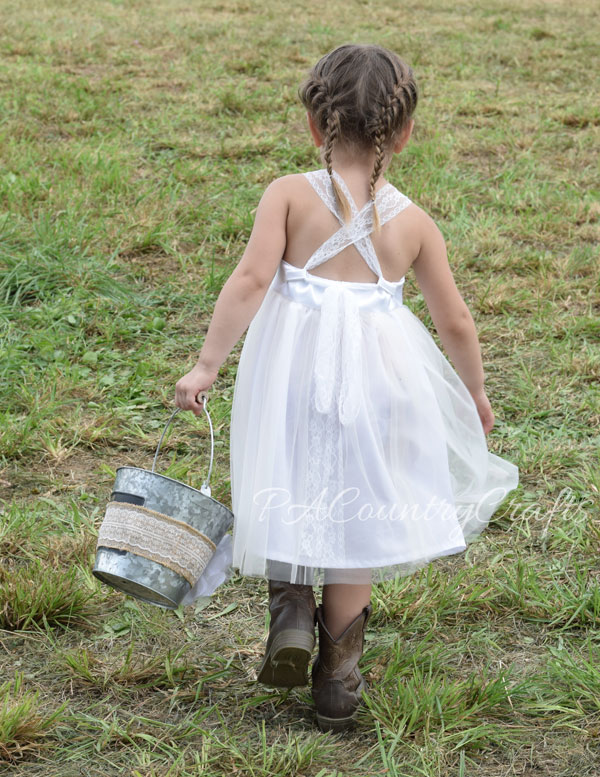
Congratulations to my niece and her new husband! Thank you for having confidence in me and letting me make these adorable dresses!!!




